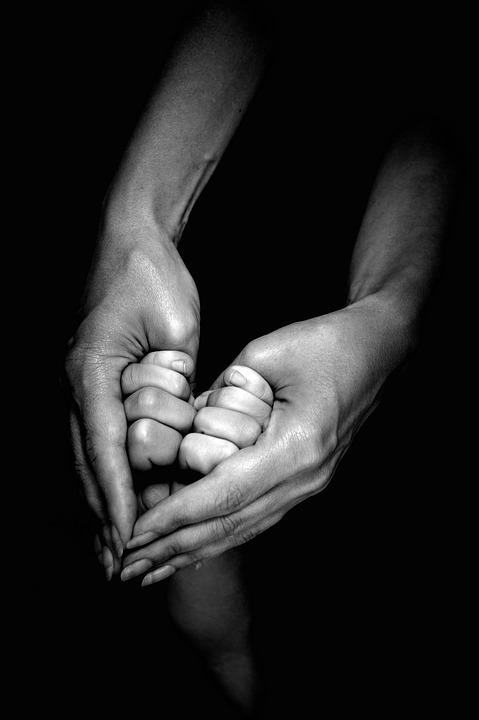Discover the Latest Breakthroughs in Heart Support Technology
[ad_1]
Discover the Latest Breakthroughs in Heart Support Technology
The advancements in heart support technology have revolutionized the way we treat and manage cardiovascular diseases. From the development of artificial hearts to cutting-edge implantable devices, medical science has made significant strides in extending and improving the lives of patients with heart conditions. In this article, we will explore some of the latest breakthroughs in heart support technology and the impact they are making on patient care.
1. Artificial Hearts
Artificial hearts have been a groundbreaking development in heart support technology. These devices are designed to completely replace a failing heart and are typically used as a bridge to transplant for patients awaiting a suitable donor heart.
One notable example of an artificial heart is the SynCardia Total Artificial Heart. This device is the only FDA-approved artificial heart and has been successfully implanted in hundreds of patients. It is designed to pump blood throughout the body, mimicking the natural function of a healthy heart. While artificial hearts have limitations and are not suitable for long-term use, they have proven to be life-saving for many patients.
2. Left Ventricular Assist Devices (LVADs)
Left Ventricular Assist Devices (LVADs) are another significant breakthrough in heart support technology. These devices are implantable mechanical pumps that assist the left side of the heart in pumping blood. They effectively take over the pumping duties of a weak or failing heart, providing relief to the patient and improving overall heart function.
LVADs have greatly improved the quality of life for heart failure patients. These devices can be used as a bridge to transplant or as permanent therapy, known as destination therapy, for patients who are not suitable candidates for heart transplantation. Recent advancements include smaller and more efficient designs, allowing for easier implantation and fewer complications.
3. Cardiac Resynchronization Therapy (CRT)
Cardiac resynchronization therapy (CRT) is a technique used to improve the coordination and synchronization of heart contractions. It involves the implantation of a special pacemaker known as a biventricular pacemaker, which delivers electrical impulses to the heart’s ventricles to restore a normal rhythm.
CRT is primarily used for patients with heart failure and abnormal electrical conduction in the heart. By improving the synchronization of contractions, CRT can enhance the heart’s pumping efficiency and overall cardiac function.
Conclusion
Heart support technology continues to evolve and push the boundaries of what is possible in the treatment of cardiovascular diseases. From artificial hearts to LVADs and CRT, these breakthroughs have provided hope and improved outcomes for patients with heart conditions. As technology advances, we can expect further innovations in heart support devices, leading to even better patient care and improved quality of life.
FAQs: Frequently Asked Questions
1. How long can someone live with an artificial heart?
Artificial hearts are primarily used as a temporary solution, typically serving as a bridge to heart transplantation. While some patients have lived for several years with an artificial heart, the goal is to eventually receive a donor heart for long-term survival.
2. Are LVADs suitable for all heart failure patients?
No, not all heart failure patients are suitable candidates for LVAD therapy. The decision to implant an LVAD depends on various factors, including the severity of heart failure, overall health, and eligibility for heart transplantation.
3. Can CRT completely cure heart failure?
CRT does not cure heart failure; instead, it aims to improve heart function and symptoms. While it can significantly enhance quality of life for many patients, some may still require additional treatments or interventions.
[ad_2]

